10 Best Image-to-Video AI Tools for 2026 (That Actually Look Human)
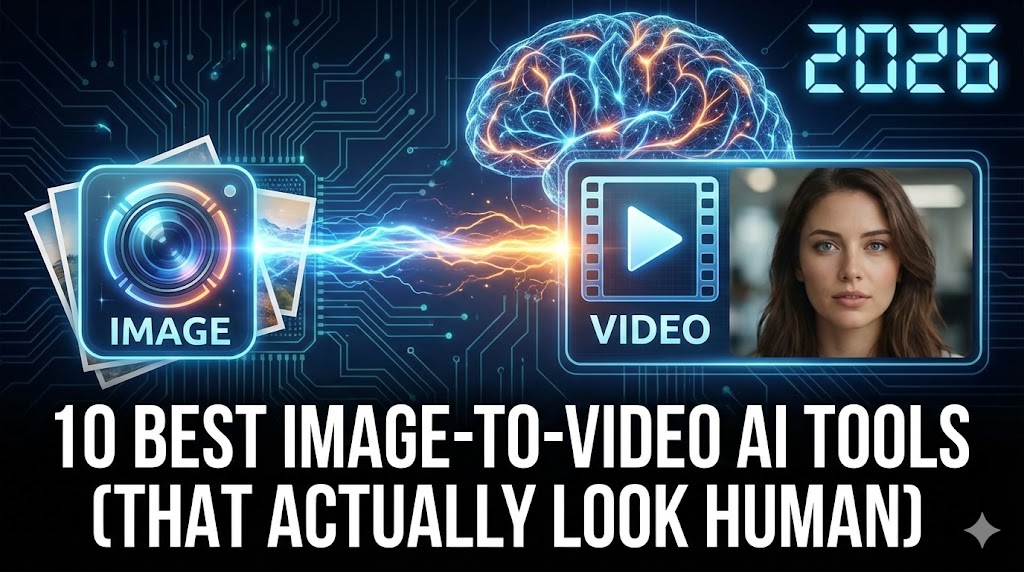
Image-to-video AI has reached a level where a single photograph can be turned into a lifelike, human-quality video, complete with natural blinking, subtle facial shifts, precise lip-sync, and believable camera movement. This evolution makes video production dramatically faster, cheaper, and more scalable than anything possible with traditional shoots.
While many tools focus only on “looking realistic,” Quickads.ai is built for performance. It blends image-to-video generation with creative intelligence that tells you what video to make, why it will convert, and automatically generates multiple high-ROI variations ready for Meta, TikTok, YouTube, and PMAX.
For brands, creators, agencies, and ecommerce teams, image-to-video AI unlocks a new level of creative velocity, shipping more videos, testing more narratives, personalizing at scale, and doing it all with minimal effort.
In this guide, we break down the 10 best image-to-video AI tools you’ll rely on in 2026, based on realism, workflow fit, scalability, and marketing impact.
What Image-to-Video AI Really Means in 2026
A few years ago, “image-to-video” meant adding easy motion effects: pans, zooms, parallax.
In 2026, it means something much bigger.
Modern models now understand:
• Facial structure and symmetry
• Micro-expressions
• Eye-movement patterns
• Breathing and natural body movement
• Real-world camera physics
• Environmental depth and lighting
• Lip and jaw dynamics for speech
• Motion continuity and pacing
• Human emotion cues
These systems can analyze a single static image and reconstruct believable movement that feels recorded, not generated.
This means that for marketers:
• A product image can become an ad-ready video
• A customer selfie can become a UGC-style testimonial
• A founder headshot can become a talking-video in minutes
• A piece of concept art can become a cinematic explainer
• A still lifestyle shot can become a brand story sequence
If you’re interested in how modern brands are using motion-first stories to stand out, the blog “Unlock Your Brand's Potential with Engaging Creative Video Ads in 2025” provides an excellent backdrop for understanding this shift.
Why Image-to-Video AI Matters in 2026
Short-form video has eaten the internet.
• Instagram Reels is up 57% year-over-year
• YouTube Shorts hits ~70B daily views
• TikTok is still the #1 product-discovery engine
• Meta’s delivery system prefers motion over static
• Google PMAX rewards movement and dynamism
Meanwhile:
• Production budgets are shrinking
• Creative teams are smaller
• Content velocity expectations are higher
• Ad fatigue is faster than ever
• Competition is noisier
Image-to-video AI solves all these pressures.
It enables:
• Faster content cycles
• Lower cost per asset
• 10–20 variations per week
• Personalization at scale
• Vertical, landscape, and square outputs instantly
• Consistent brand templates across teams
And in a performance landscape where testing matters more than perfection, creative velocity becomes your competitive advantage.
How We Evaluated These Tools
To identify the top tools for 2026, we used a scoring framework across six dimensions:
1. Human-Like Realism
Does it generate convincing expressions, stable motion, and natural pacing without slipping into uncanny valley?
2. Ease of Use
Can a non-editor or non-designer operate it within minutes?
3. Customization & Control
Motion paths, style variations, lip-sync accuracy, overlays, speed control, and storytelling structure.
4. Speed & Scalability
Batch rendering, real-time previews, fast generation, and multi-format export.
5. Innovation
Use of cutting-edge features: emotion transfer, neural face rigs, depth reconstruction, character continuity.
6. Pricing & Value Fit
Fairness, team plans, and whether the tool supports high-volume marketing use.
Only tools that meaningfully improve performance made this list.
10 Best Image-to-Video AI Tools for 2026
1. Quickads.ai

Quickads.ai is the only platform on this list that unifies strategy, creation, and creative intelligence. It’s not just an image-to-video generator, it’s a full-stack Ad Operating System designed for marketers who need videos that convert, not just videos that look good.
Performance teams love Quickads because it answers the question:
“What ad should we make next?” , then it makes the ad instantly.
Best For: Performance teams, DTC brands, agencies
USP: Creative intelligence + ROI-driven video creation
Pricing: Free plan available; scalable usage-based tiers
2. Runway (Gen-2 / Gen-3 Alpha)

One of the most advanced video-generation tools publicly available.
Runway can animate images with cinematic camera movement, depth mapping, and stylized or realistic motion.
Best For: Cinematic sequences, ads, creative campaigns
USP: Industry-leading generative video realism
3. Pika Labs (Pika 1.0 / Pika 1.5)
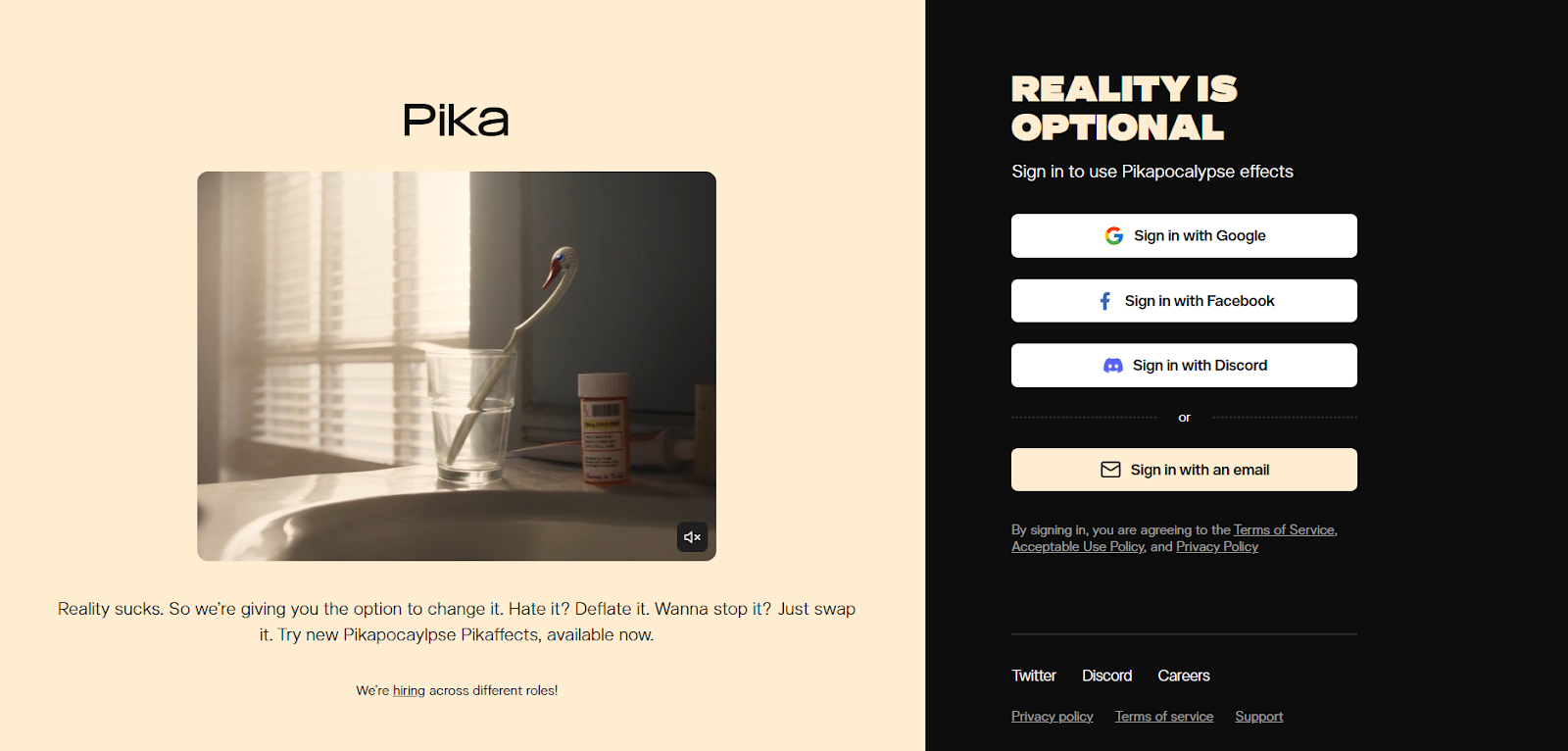
Pika is widely considered the most user-friendly text/image-to-video tool.
It supports photorealistic motion, character consistency, and creative editing.
Best For: Social media videos, UGC-style motion
USP: Fast, intuitive, extremely high-quality outputs
4. HeyGen

The leader in realistic avatar-based image-to-video generation.
Upload a portrait → get a talking, expressive, natural presenter video.
Best For: Founder videos, explainers, sales videos
USP: Most realistic studio-quality talking avatars
5. D-ID Creative Reality Studio

D-ID specializes in turning a single headshot into a human-like talking presenter with accurate expressions.
Best For: Training, onboarding, support videos
USP: Ultra-natural facial animation + multilingual output
6. Synthesia
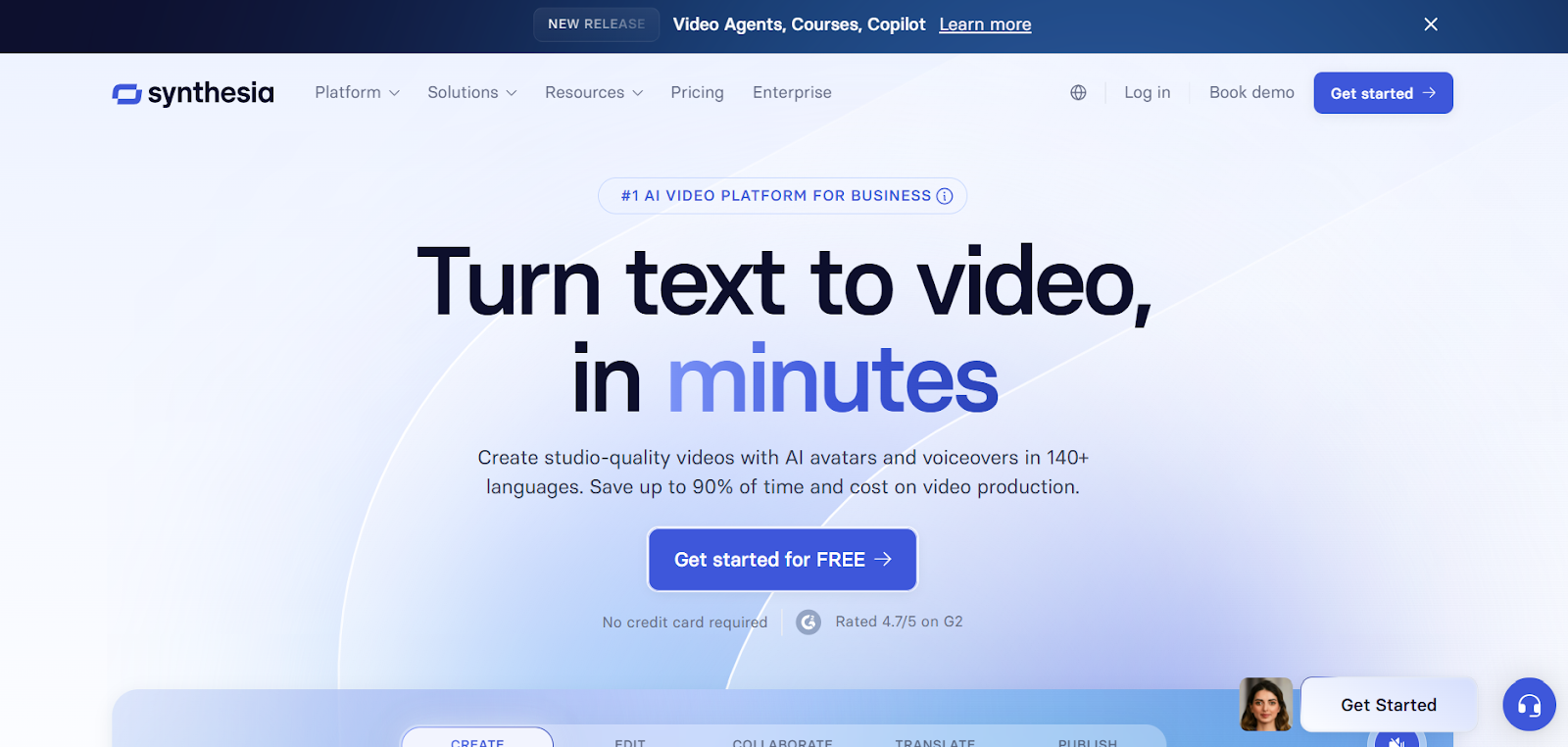
Enterprise-level AI avatar and presenter video creation.
Use a single still image or pick an avatar to create polished, professional videos.
Best For: Corporate training, product walkthroughs
USP: Fortune 500–grade consistency and quality
7. Kapwing (AI Video Suite)
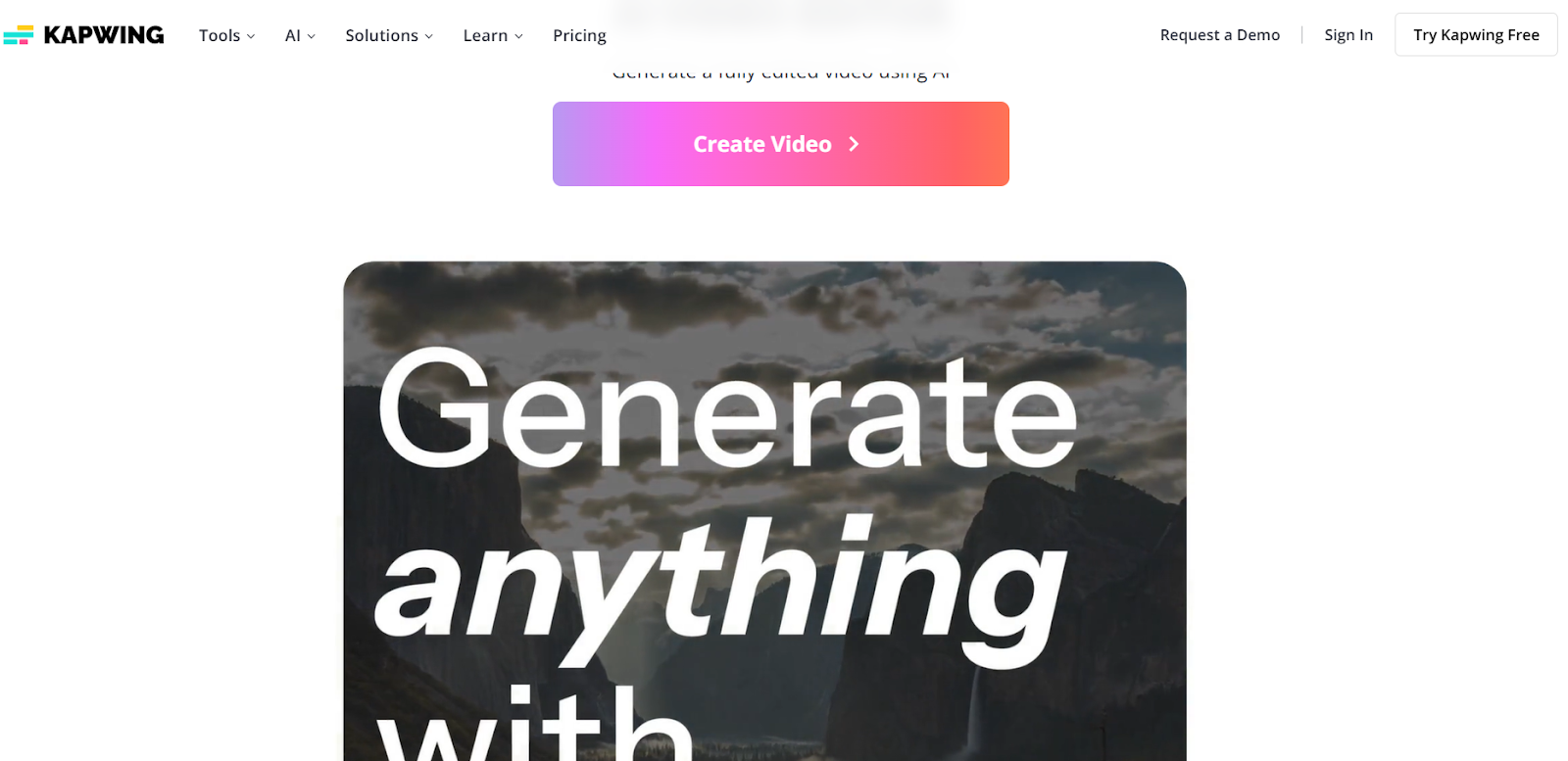
Kapwing offers a full AI video suite including image-to-video animation, motion templates, and AI-assisted editing.
Best For: Marketers needing fast edits
USP: All-in-one editor + motion effects + templates
8. VEED.io (AI Video Generator)
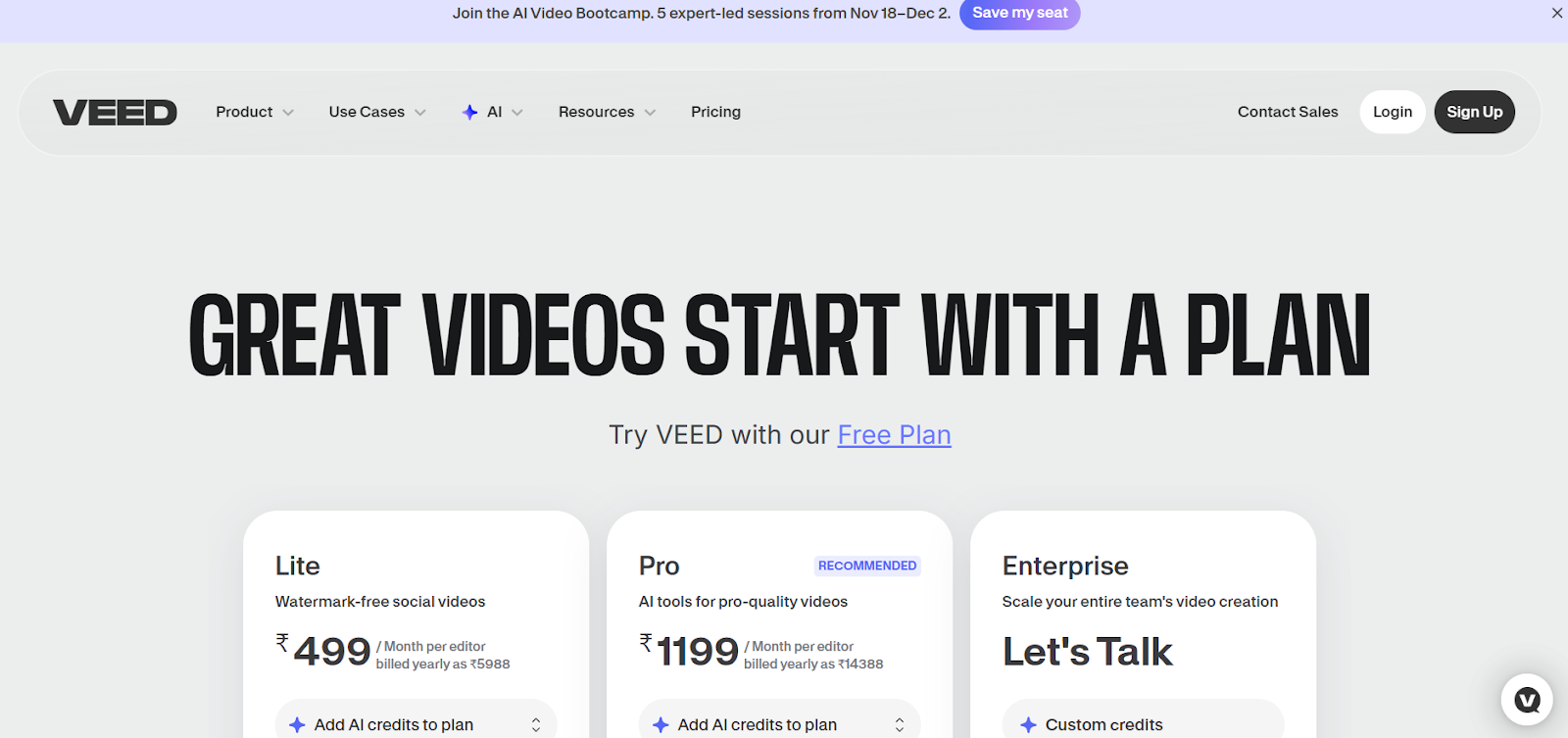
VEED supports simple, clean image-to-video generation with transitions, zooms, animated elements, and voiceover.
Best For: Quick social videos and ads
USP: Beginner-friendly, fast, template-heavy
9. RunDiffusion
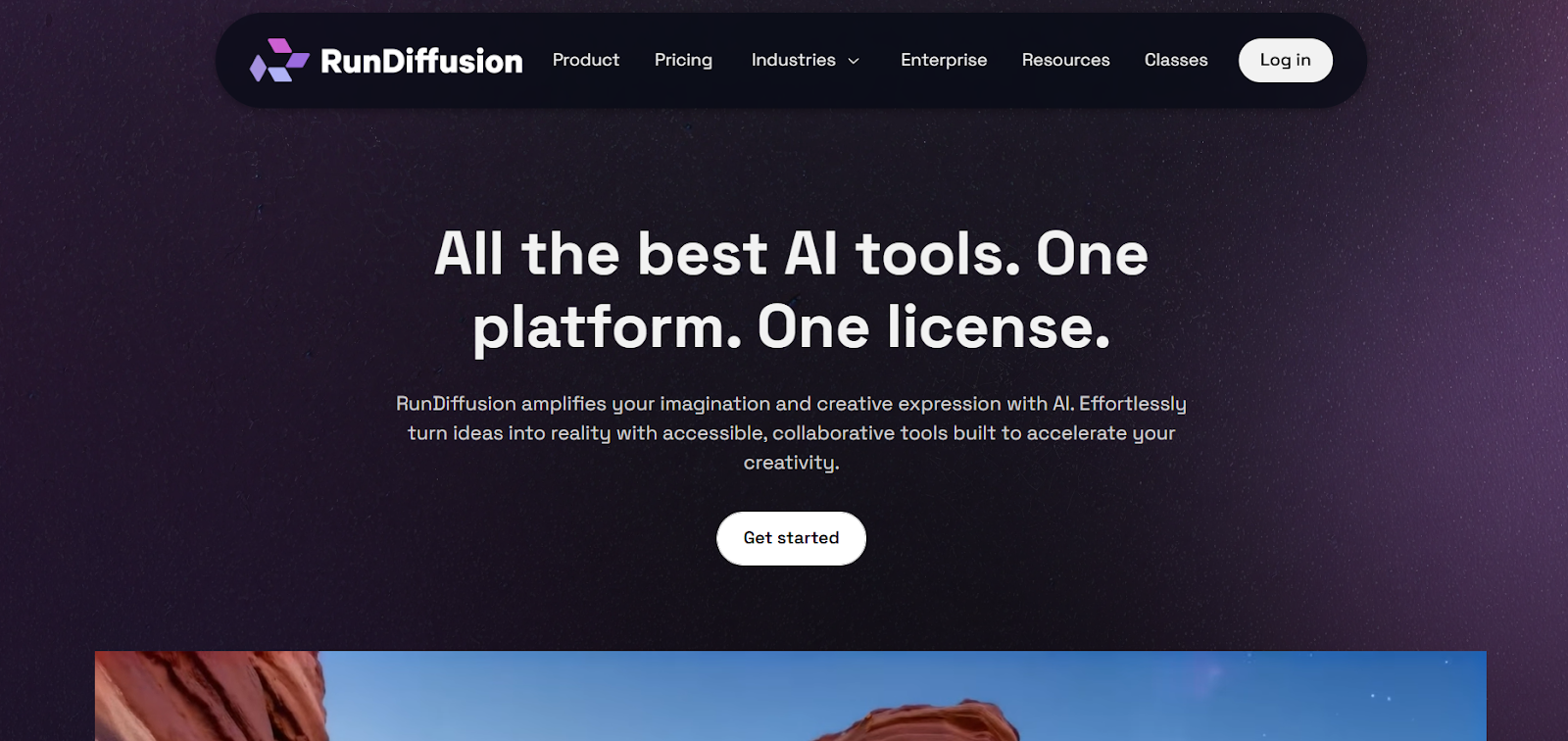
A cloud-based platform that allows advanced diffusion-model image-to-video generation with fine-tuned models.
Best For: Power users and creatives
USP: High control, advanced depth & motion models
10. StoryFlow AI
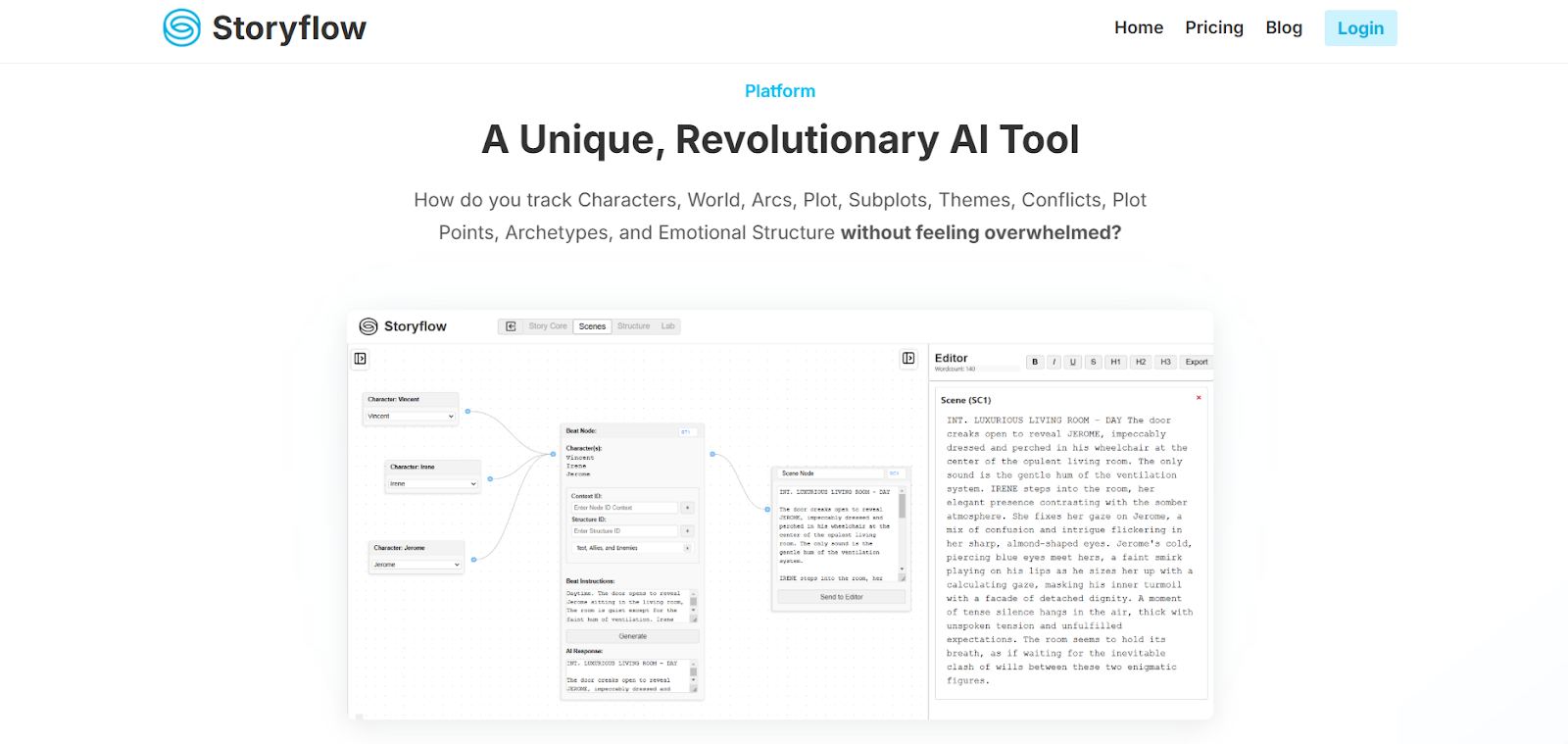
StoryFlow AI is all about emotional storytelling. It turns images into narrative sequences based on mood, tone, and pacing.
Key Features:
• Emotion mapping
• Script-to-motion translation
• Scene sequencing
• Narrative tone generator
Best For: Nonprofits, brands telling emotional stories
USP: Emotion-forward storytelling engine
Why Quickads.ai Is Built for Scale
Quickads.ai stands alone as the only platform unifying strategy, intelligence, and video generation. While others focus on aesthetics, Quickads is built for performance at scale.
It helps teams:
• Predict winning video concepts
• Generate variations instantly
• Avoid creative fatigue
• Personalize video content
• Ship more creative with fewer resources
If you want the psychological foundations of why certain visuals work, the article “The Psychology of Advertising Explained” is an excellent companion to everything Quickads enables.
FAQs
- How realistic are AI-generated videos now?
Modern tools simulate blinking, breathing, eye behavior, and facial muscle dynamics with near-human accuracy. - Are these safe for commercial use?
Yes, if you own the image rights. - Do I need editing skills?
No. Every tool on this list is designed for marketers, not editors. - Can I produce 9:16 for TikTok and Reels?
Absolutely, most tools now default to vertical formats. - Which tools do lip-sync best?
PersonaGen, PixelPulse (with voice overlays), and Quickads. - Which tools work best for ecommerce?
PixelPulse and Quickads.ai. - Which tools offer cinematic effects?
VividFrame Studio and ArtisanClip. - Which tool is best for collaboration?
EchoLens.
- Which tool offers the most human-like motion?
PixelPulse and PersonaGen.
- Which tool gives the best ROI?
Quickads.ai due to its strategy-plus-creation workflow

















